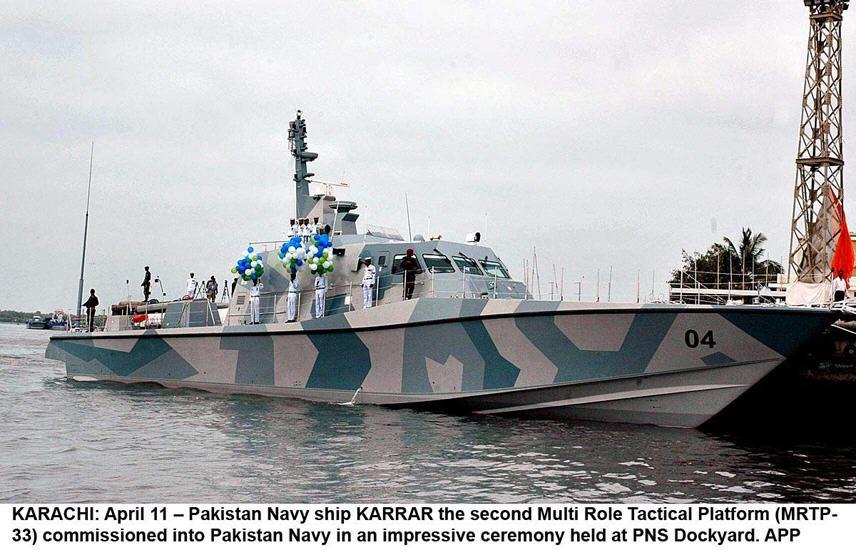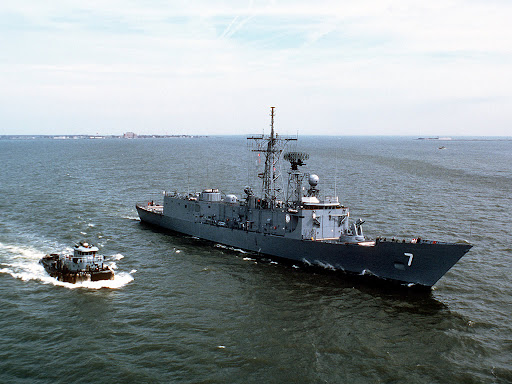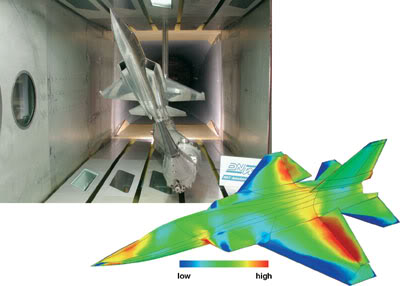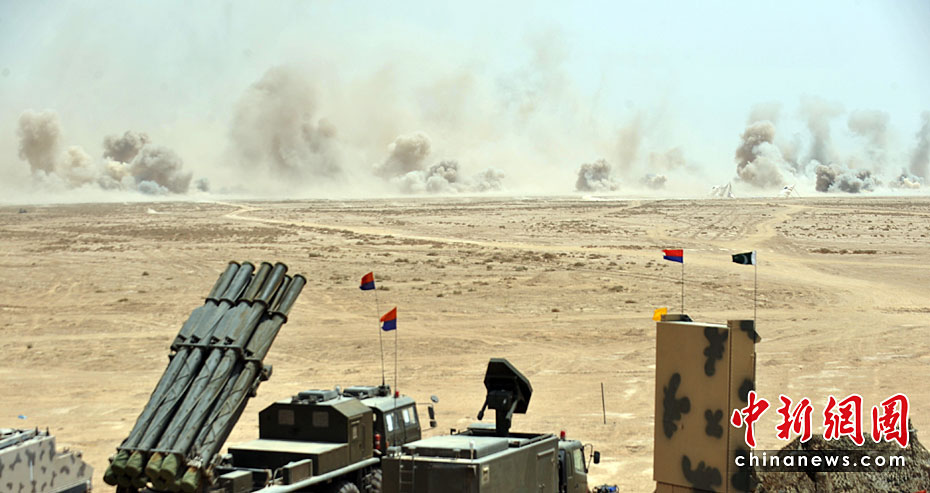Surface-to-surface missiles
(i)Battlefield range ballistic missiles (BRBM)
Abdali-2
Abdali-2: was successfully tested on March 11, 2011. It can carry nuclear weapons and can launch up to 180 km. The prime minister congratulated the scientists and said it will boost the capability of Pakistan's defence.
II.Short range ballistic missiles (SRBM)
Ghaznavi (missile)
Ghaznavi Missile is a short range ballistic missile (SRBM) with an optimal range of 290 km,[1] produced by Pakistan and named after the 11th century Afghan conqueror Mahmud of Ghazni. The missile has a length of 9.64m, diameter of 0.99 m, launch weight of 5256 kg and is powered by a single stage solid fuel rocket motor.[2] It is believed to be based on a Chinese design, the M-11 (NATO reporting name: CSS-7)
Specifications
Weight 5,256 kg
Length 9.64 m
Diameter 0.88 m
Warhead Conventional high explosive or nuclear warhead
Engine Single-stage solid fuel rocket motor
Propellant Solid fuel
Operational
range 290 km
Launch
platform Transporter erector launcher (TEL)
III.Medium range ballistic missiles (MRBM)
Ghauri-II
The Ghauri-II is a medium-range ballistic missile (MRBM). A longer ranged variant of the Ghauri-I, it was developed by increasing the length of the motor assembly and using improved propellants.
The Ghauri-II missile has a maximum range of 2,000 km (1,250 miles). It is 18.0 m in length, has a diameter of 1.35 m and a launch weight of 17,800 kg. Its payload is a single separating warhead weighing 1,200 kg, or as low as 750 kg for use at its maximum range[1]. This may used to carry a 250 kg warhead of a 15 to 30 kt yield nuclear, HE or sub-munition warhead. The missile uses a single-stage liquid propellant rocket motor.
The Ghauri-II design improves accuracy by a employing mechanisms that spin the single booster stage and warhead combination approximately 10 seconds before the termination of the powered flight phase at 110 seconds.[3]. At this point, the warhead is then separated from the booster stage to fly on a re-entry trajectory that remains stable to its target, greatly enhancing the missile's accuracy. With the addition of GPS targeting the warhead accuracy is further enhanced.[3]
Like most Pakistani missile systems, transporter erector launcher (TEL) vehicles are used to transport and launch Ghauri II.
Specifications
Weight 17,800 kg
Length 18.00 m
Diameter 1.35 m
Warhead 1200 kg conventional or nuclear
Engine Single-stage liquid propellant rocket motor
Propellant Liquid fuel
Operational
range 2,000 km (with 1,200 kg payload)
2,500 km (with 750 kg payload)
Guidance
system Inertial guidance system (INS), GPS satellite guidance
Launch
platform Transporter erector launcher (TEL)
Shaheen-I
The Shaheen missile series, named after a species of falcon found in the mountains of Pakistan, was developed by NESCOM's National Defence Complex (NDC) of Pakistan. Shaheen I is also designated Hatf IV
Shaheen I is a short-range ballistic missile (SRBM) with an optimal range of 750 km, while Shaheen II is a medium-range ballistic missile (MRBM) with an optimal range of 3000 - 3500 km propelled by a two stage solid fuel rocket motor. The Shaheen I can deliver either a conventional or a nuclear payload much faster than liquid fuelled missiles such as the Ghauri because it does not need to be fuelled before launch, reducing deployment time significantly.
The Shaheen I and Shaheen II are believed to be very accurate;[3] Pakistani military sources state a CEP of 25 to 50 m can be achieved,[4] partly due to a "post-separation attitude correction system."[1] This system would allow the missile to modify its trajectory, improving accuracy and, along with the stealthy warhead shaping, giving some capability to evade missile defence systems. It is based on terminal guidance system technology, which improves warhead accuracy by firing small thrusters to adjust the warhead's trajectory and uses satellite navigation systems to help find the target. Such systems would allow the Shaheen to be used against strategic targets without requiring a nuclear warhead to ensure the target's destruction
Specifications
Weight 9,500 kg
(Payload 250-500 kg)
Length 12 m
Diameter 1 m
Warhead Conventional high-explosive or nuclear
Engine Single-stage solid fuel rocket motor
Propellant Solid fuel
Operational
range 750 km[1]
Launch
platform Transporter erector launcher (TEL)
IVIntermediate range ballistic missiles (IRBM)
Shaheen-II
The Shaheen-II (Urdu: شاهين

is an medium range ballistic missile (MRBM)[2][3] developed by NESCOM's National Defence Complex (NDC) of Pakistan. The Shaheen missile series is named after a white eagle that lives in the mountains of Pakistan.
The Shaheen-II is an medium range ballistic missile (MRBM), a longer ranged variant of the Shaheen-I missile and currently the most advanced ballistic missile in service with the Pakistani Armed Forces. It uses a two-stage solid propellant rocket motor designed to carry conventional or nuclear payloads. The missile is stated to have a CEP of 50 m, achieved through the use of a post separation booster to provide terminal course correction.[4] It is transported and launched by a 6-axle transporter erector launcher (TEL). According to U.S. based analysts, a satellite image of a Pakistani missile production facility taken on 5 June 2005 shows fifteen 6-axle TELs being fitted out for the Shaheen 2 missile.[5]
Shaheen-II was successfully test fired for the first time on March 9, 2004. At that time, the National Engineering and Science Commission (NESCOM) chairman Samar Mubarakmand stated that the missile was a two-stage rocket with diameter of 1.4 m, length of 17.5 m, weight of 25 tons and a range of 2,500 km.
In February 2001 it was reported by Pakistan's Jang newspaper that the range of Shaheen II had been increased from 2,500 km to 3,500 km.[6]
Re-entry vehicle
The re-entry vehicle carried by the Shaheen-II missile has a mass of 1050 kg, which includes the mass of a nuclear warhead and a terminal guidance system.[7] The terminal guidance system is most likely a radar correlation terminal seeker, which allows the warhead to achieve a CEP in the range of 30–50 m (similar to the Pershing II missile [8]).
This re-entry vehicle is unlike that of the Shaheen-I in that it has four moving delta control fins at the rear and small solid/liquid-propellant side thrust motors, which are used to orientate the re-entry vehicle after the booster stage is depleted or before re-entry to improve accuracy by providing stabilization during the terminal phase. This can also be used to fly evasive manoeuvres, making it immensely problematic for existing anti-ballistic missile (ABM) defence systems to successfully intercept the missile. The Shaheen-II warhead may change its trajectory several times during re-entry and during the terminal phase, effectively preventing ABM radar systems from pre-calculating intercept points. The re-entry vehicle is also stated to utilise a GPS satellite guidance system to provide updates on its position, further improving its accuracy and reducing the CEP.[9][10]
Future developments
According to Usman Siddique Sidhu, since deployment of the 2,500 km range Shaheen-II, a multiple independently targeted re-entry vehicle (MIRV) warhead system which may be first fielded on the Shaheen-II are under development.
Specifications
Weight 25,000 kg
(Re-entry vehicle 1,050 kg)
Length 17.5 m
Diameter 1.4 m
Warhead Conventional high-explosive or nuclear
Engine Two-stage solid fuel rocket motor
Operational
range 2,500 km-3,500 km [1]
Flight altitude 100-300km
Guidance
system Inertial navigation system
GPS satellite guidance
Launch
platform Transporter erector launcher (TEL)






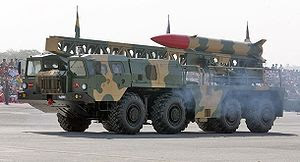




 is an medium range ballistic missile (MRBM)[2][3] developed by NESCOM's National Defence Complex (NDC) of Pakistan. The Shaheen missile series is named after a white eagle that lives in the mountains of Pakistan.
is an medium range ballistic missile (MRBM)[2][3] developed by NESCOM's National Defence Complex (NDC) of Pakistan. The Shaheen missile series is named after a white eagle that lives in the mountains of Pakistan. 


